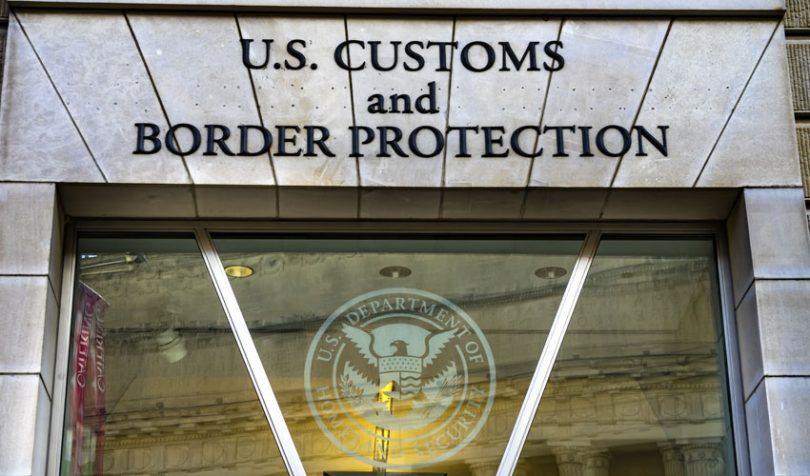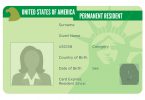The Science and Technology Directorate (S&T), the R&D arm of the Department of Homeland Security (DHS), has been working with other DHS divisions to help them to introduce blockchain to their programs.
Blockchain’s potential to render public services more transparent, as well as automate paper-based systems, was identified by the S&T’s Silicon Valley Innovation Program (SVIP). Many of the applications involve the issue of entitlements, attestations and certifications. S&T initially ran a successful pilot with U.S. Customs and Border Protection (CBP) and is extending that work to other agencies.
Customs
The initial pilot with CBP involved leveraging blockchain to facilitate customs checks. Customs mainly wanted to use blockchain to verify that shipments comply with trade agreements such as NAFTA and CAFTA.
By introducing transparency and traceability to the import supply chain, customs officers can verify that goods meet the required standards.
The proof of origin of goods is usually provided by certification from a local Chamber of Commerce at the point of origin. In future, if those are attested on a blockchain, it will reduce fraud. But for NAFTA in addition to a proof of origin, the exporter will often provide a letter or answer a questionnaire to demonstrate compliance with the trade agreement.
Last year DHS solicited for blockchain bids and outlined another hypothetical blockchain use case. That related to validating the identity of an organization. And also to ensure that the person acting on behalf of the organization is indeed affiliated with that organization.
Who are you?
Following on from the success of the Customs pilot, the U.S. Citizenship and Immigration Service (USCIS) also expressed a desire to update their current manual, paper-based system. USCIS is responsible for issuing documents proving citizenship and immigration status, and work permits. These documents must be issued rapidly but must also be highly secure and difficult to forge.
USCIS is now working with S&T to introduce blockchain technology to these processes. This involves digitizing official documents. It hopes to reduce instances of fraud.
The Transportation Security Administration (TSA), which is known as the agency that runs passport control at airports, wish to introduce blockchain to automate the document verification process. Currently, officers verify that passengers’ identity documents match the name on their ticket visually. They must make decisions quickly, to avoid the buildup of queues. This leaves room for human error.
The S&T think that blockchain can be introduced more widely amongst government departments. The overarching aims are to cut costs, save time and reduce fraud.
“By automating a multitude of time-consuming tasks, agents will be freed to focus on other areas of trade, travel and security,” said Anil John, SVIP Technical Director. “The program’s success will serve as the foundation of our’ whole of government’ approach to Blockchain in the future.”







